I think we can all agree. Starbucks changed the coffee business forever.
And at one point it seemed like everyone was walking around with a Starbucks coffee cup.
But one business decided to focus on creating a luxury coffee experience in the home.
And in this copywriting example, I am going to break down the product description and pricing secrets that allowed Nespresso to sell over £220 Million of coffee.
Ready?
Let's dive in.
How Changing Your Unit Will Change Your Bottom Line

Starbucks sells cups of coffee, whereas you drink coffee at home by taking the granules out of a jar.
This unit of measure places Starbucks into a league of their own.
Suddenly this meant that Starbucks was able to charge a high price for their drinks.
And people paid because they had nothing to compare them to.
And soon enough, walking around with your Starbucks Coffee cup became a sign of increased status.
Yes, either going to and sitting in a Starbucks or just picking up your coffee to take it away altered the status of the individual.
"People like me drink Starbucks."
So, how does a coffee company compete if they sell coffee by the jar?
The answer is to change the unit measure that you sell your coffee in.
And that's what Nespresso did.
They started selling coffee for home or office consumption by the glass, and this changed the game.
Coffee Pods Not Granules

Nespresso was created around selling pods of coffee and not granules.
This was a game-changer for them because it allowed them to compete on price per cup and be seen as better value when compared to drinking a Starbucks.
For example.
A pack of 150 Nespresso Capsules and display box costs £58.50
But Nespresso isn't trying to go against a jar of coffee granules.
They are challenging the likes of Costa Coffee and Starbucks, where you could be paying up to £3.75 for a coffee.
When you compare the prices, it changes the game.
150 Cups of Nespresso = £58.50
150 Cups of Starbucks = £562.50
So, how to do words make the customer compare Nespresso with Starbucks?
This is where product descriptions come in.
Product Descriptions That Entice Consumption
Great product design is essential because it is the packaging and box that will always catch our attention.
But once a consumer picks up a box or watches an advert, they will need to read the description of the product so that they can make their mind up.
It is at this point that the reader mentally places the product into a category of which they will compare the goods against others.
And this is where product descriptions come in.
Well-written product descriptions will completely change the way a product is perceived.
For example, in 2005, a team of scientists conducted an experiment around restaurant menus.
Over 6 weeks, they renamed numerous items on the menu such as 'seafood fillet' became 'Succulent Italian Seafood Fillet' and 'Chocolate Pudding' became 'Satin Chocolate Pudding' and so on.
The result was that these more detailed descriptions boosted both the perception of taste of the food by 7% and the appeal of the food by 13%.
So, what did Nespresso do for their product descriptions?
Let's take a look and compare it with Starbucks.
Nespresso

(Click the image to enlarge the copy)
Starbucks

As we can see, Nespresso uses in-depth product descriptions to reflect the quality of the product because it is competing with the vast Starbucks brand.
And it is this depth of description that sends out what is known as 'costly signalling'.
This unconscious signal that screams at the reader "a lot of effort went into this".
And yes, because effort usually means quality, this signals to the customer that your product is likely to be good.
This costly signalling is especially important when selling online or in a store if your brand, product or service is less known.
Key Learning Points You Can Use
If we break down what we have discovered so far:
- Nespresso altered it's unit size to compete with more expensive coffee shops such as Starbucks.
- Compared to Starbucks, Nespresso seems excellent value.
- Nespresso uses in-depth, lengthy products descriptions to deploy 'costly signalling'.
OK, all this is good, but I am guessing you don't sell coffee, so how can you use this?
Well, there are 2 ways.
1. Alter Your Description
The description of your business, your products or your services are how people categorise and compare you with others.
So, the first thing to do is to increase the standard of your product description or alter how you describe your products or business.
No one is saying you need to waffle, but a quality description should show the reader that effort and thought have gone into the making of the service or the product.
Here are some factors you might consider using in your descriptions:
2. Change The Comparison
Does everyone charge by the hour in your industry?
If so, start charging by the outcome.
Do your competitors offer just one price package?
Then offer 2.
Do you have just one standard of product or service?
Then add a high-value product or service to what you offer.
By changing your offerings either against what you or your competitors offer or what the industry standard is, gives your prospects something to compare you against.
And this means you can stand out and NOT compete on price with others.
Conclusion
So, there you have it.
A break down of how Nespresso use product descriptions to boost sales.
With this copywriting example, you can extract plenty of things to test on your own business.
And because messaging is always the easiest thing to test, let me know what results you have.
Thanks for reading
Andrew Holland
